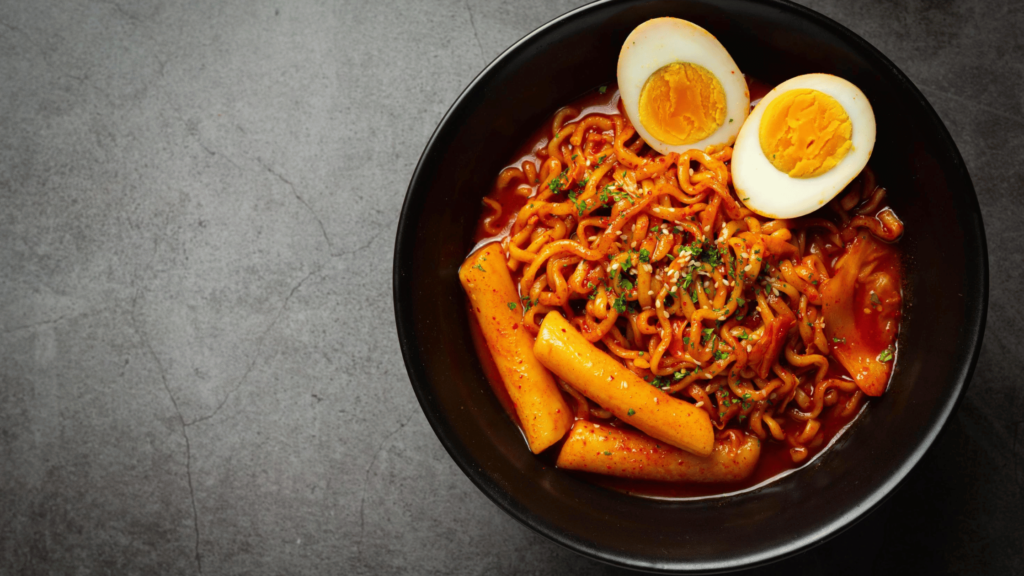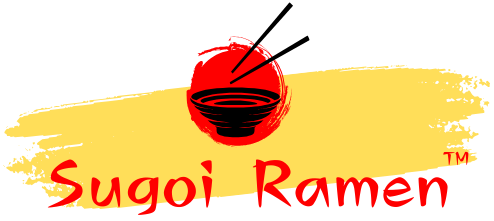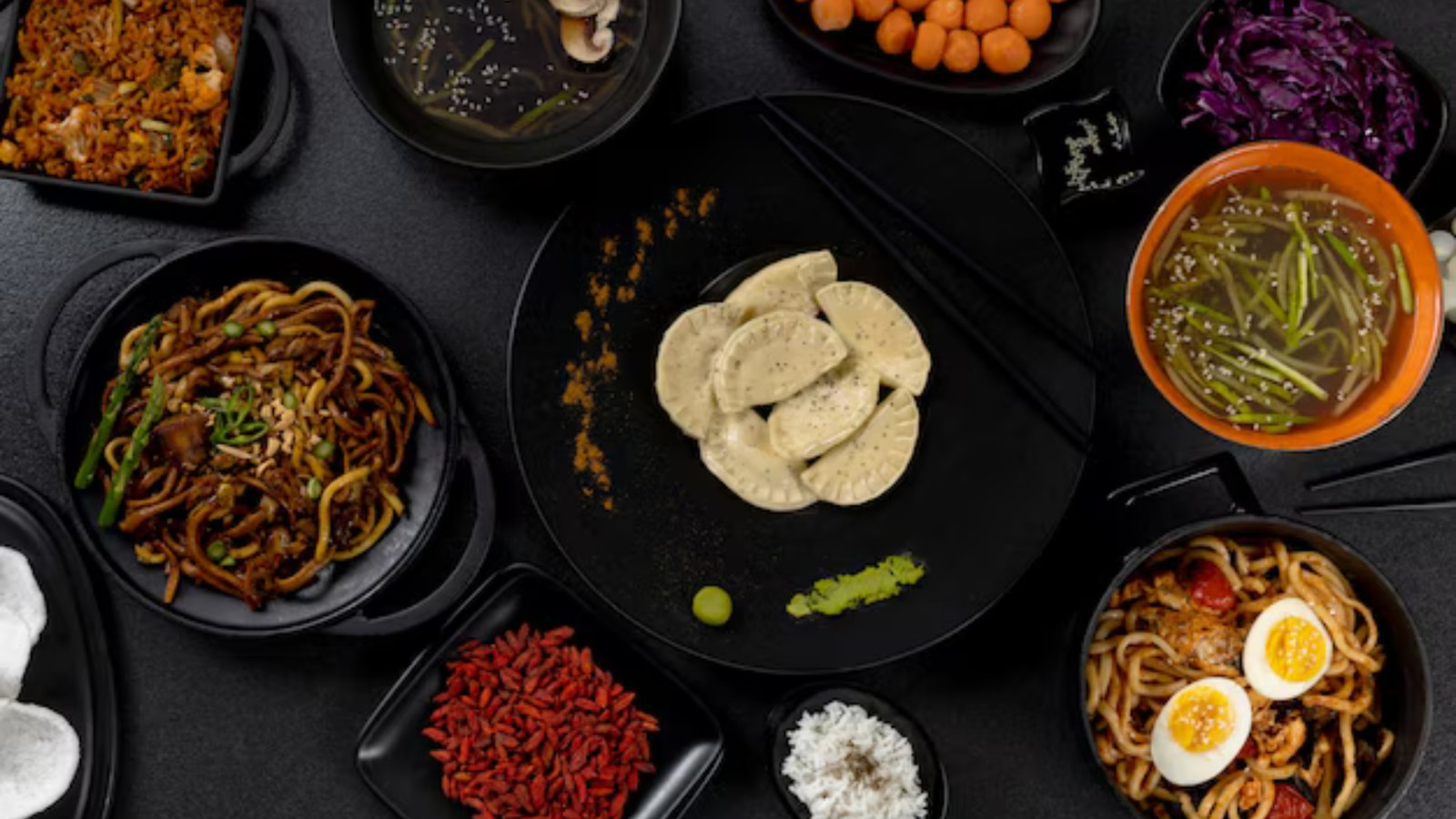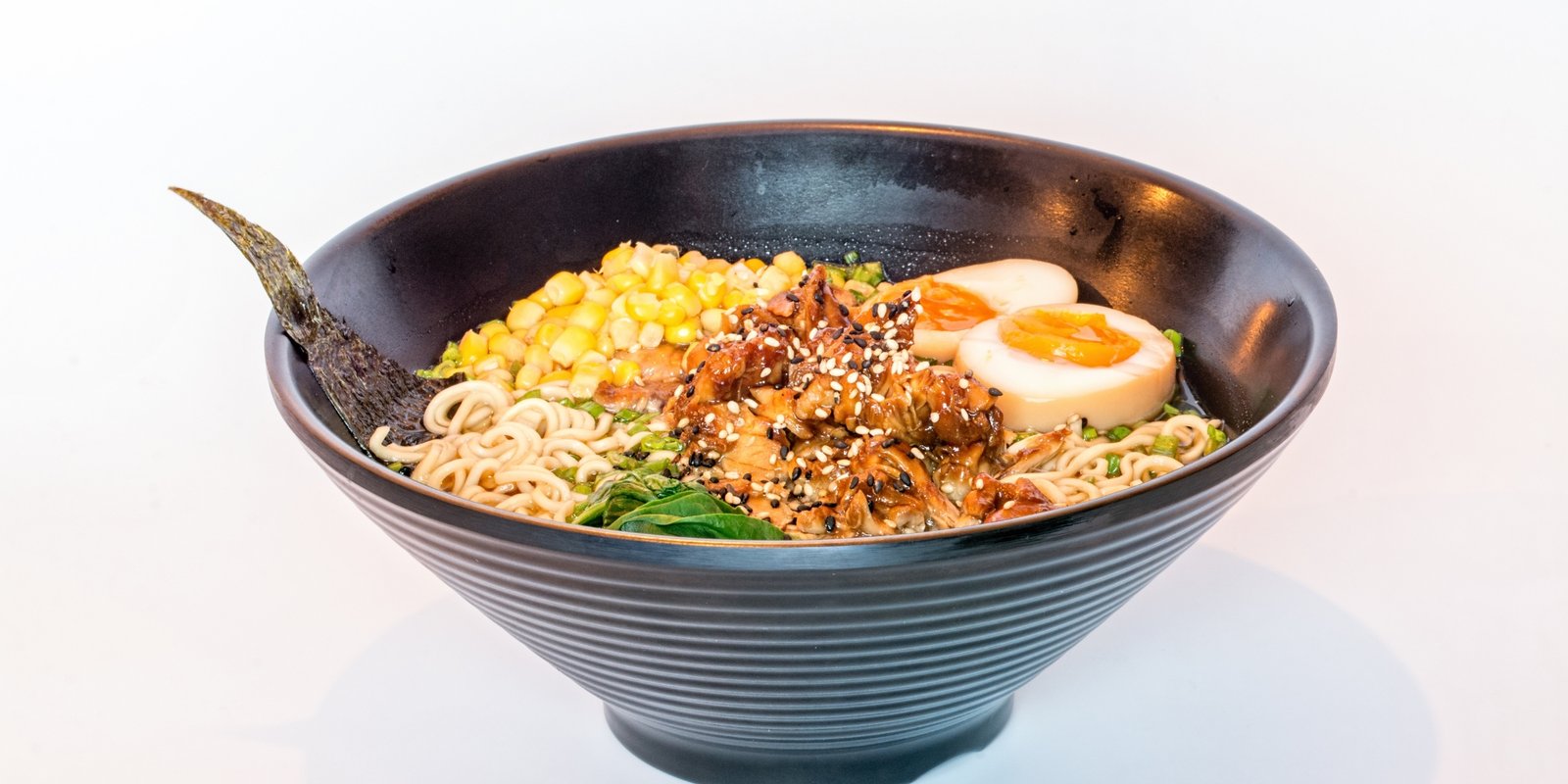Korean dramas, or K-dramas, have captivated global audiences with their emotional storytelling and vibrant cultural elements. Among these, food plays a starring role, showcasing dishes that are not just delicious but also deeply symbolic. From comfort food to celebratory meals, K-dramas have introduced the world to the rich and flavorful world of Korean cuisine. Let’s explore the iconic Foods in Korean Dramas we’ve loved watching in K-dramas and why they’ve become so popular.
1. Ramyeon (Instant Noodles)

Featured in: Crash Landing on You, My Love from the Star
Ramyeon is a classic dish that appears frequently in K-dramas. Its spicy broth, chewy noodles, and quick preparation make it the ultimate comfort food. Whether it’s shared during a cozy late-night moment or served as a symbol of hospitality, ramyeon is as versatile as it is delicious. These scenes often leave viewers craving a steaming bowl of noodles.
2. Kimchi Jjigae (Kimchi Stew)
Featured in: Weightlifting Fairy Kim Bok-joo, Let’s Eat
Kimchi jjigae is a spicy, hearty stew made with fermented kimchi, tofu, pork, and other ingredients. In K-dramas, it’s often shown as a homely meal shared with family or close friends. Its rich flavors and warming properties make it a go-to comfort dish, especially during emotional or reflective scenes.
3. Tteokbokki (Spicy Rice Cakes)
Featured in: Start-Up, Itaewon Class
Tteokbokki is a beloved street food featured in countless K-dramas. The dish’s fiery red sauce and chewy rice cakes create an irresistible combination of spice and texture. Characters often enjoy tteokbokki at food stalls with friends, making it a symbol of youthful energy and carefree moments.
4. Samgyeopsal (Korean BBQ)

Featured in: Reply 1988, Hospital Playlist
No K-drama food list is complete without Samgyeopsal, or grilled pork belly. The communal aspect of Korean BBQ scenes, where characters grill their own meat and wrap it in lettuce with condiments, highlights the importance of gathering and bonding over food. These scenes are so iconic that they often inspire viewers to recreate the experience themselves.
5. Jjajangmyeon (Black Bean Noodles)
Featured in: She Was Pretty, What’s Wrong with Secretary Kim
Jjajangmyeon is a savory noodle dish smothered in black bean sauce and often appears in K-dramas as a comfort meal. It’s commonly ordered for takeout during emotional or celebratory moments, symbolizing the simplicity and joy of indulging in one’s favorite food.
6. Kimbap (Seaweed Rice Rolls)
Featured in: Extraordinary You, Healer
Kimbap, a portable and versatile dish, often makes appearances in K-dramas as a quick snack or picnic food. Filled with rice, vegetables, and protein, it’s a convenient and delicious option for characters on the go or during heartwarming family moments.
7. Soju and Fried Chicken (Chimaek)

Featured in: The Fiery Priest, My Love from the Star
Korean fried chicken paired with soju, known as “chimaek,” is a favorite in K-dramas. The crispy chicken, coated in savory or spicy sauces, is often enjoyed during casual gatherings or celebratory nights out. These scenes have popularized the dish globally, making it a must-try for K-drama fans.
8. Bibimbap (Mixed Rice Bowl)
Featured in: Let’s Eat, Stairway to Heaven
Bibimbap is a vibrant and nutritious dish consisting of rice, assorted vegetables, and protein, all topped with a fried egg and spicy gochujang. K-dramas often feature this dish in family settings, highlighting its cultural significance and its ability to bring people together.
9. Naengmyeon (Cold Noodles)
Featured in: Hotel Del Luna, The King: Eternal Monarch
Naengmyeon is a refreshing cold noodle dish often seen in K-dramas during summer episodes. Served in a chilled broth with slices of beef, cucumber, and boiled egg, it’s a unique contrast to the warm, comforting dishes typically shown.
10. Bungeoppang (Fish-Shaped Pastry)

Featured in: Goblin, Weightlifting Fairy Kim Bok-joo
Bungeoppang is a sweet, fish-shaped pastry filled with red bean paste and often sold at street stalls. These adorable pastries are frequently shown in K-dramas during heartwarming or romantic moments, adding a touch of sweetness to the scene.
Why Food Plays a Crucial Role in K-Dramas
K-dramas don’t just show food—they use it to tell stories, express emotions, and highlight cultural values. Food scenes often symbolize relationships, from romantic dinners to family meals, and bring authenticity to the characters’ lives. They also provide a gateway for international viewers to experience Korean culture.
Read also : 9 Steps to Secure Your Sugoi Ramen Franchise and Start Earning
Squid Game Dalgona Candy Recipe: How to Make the Iconic Korean Treat
Conclusion
The foods featured in K-dramas are more than just meals—they are symbols of connection, comfort, and joy. From the simplicity of ramyeon to the bold flavors of tteokbokki, these iconic dishes have become cultural ambassadors, inspiring viewers to explore the delicious world of Korean cuisine. So, next time you watch your favorite drama, why not indulge in one of these popular dishes?
FAQs
Q1. Why is food important in K-dramas?
Food symbolizes relationships, emotions, and culture, making it a vital storytelling element in Korean dramas.
Q2. Which K-drama features the most food scenes?
Let’s Eat is a must-watch for food enthusiasts as it focuses heavily on Korean cuisine.
Q3. Can I find these foods outside Korea?
Yes, many Korean restaurants worldwide offer these dishes, or you can try making them at home with recipes.
Q4. What is the most popular K-drama food?
Ramyeon and tteokbokki are among the most iconic foods frequently featured in K-dramas.
Q5. Are these dishes easy to make at home?
Many dishes like kimbap, kimchi jjigae, and bibimbap are easy to prepare with basic ingredients and recipes.







